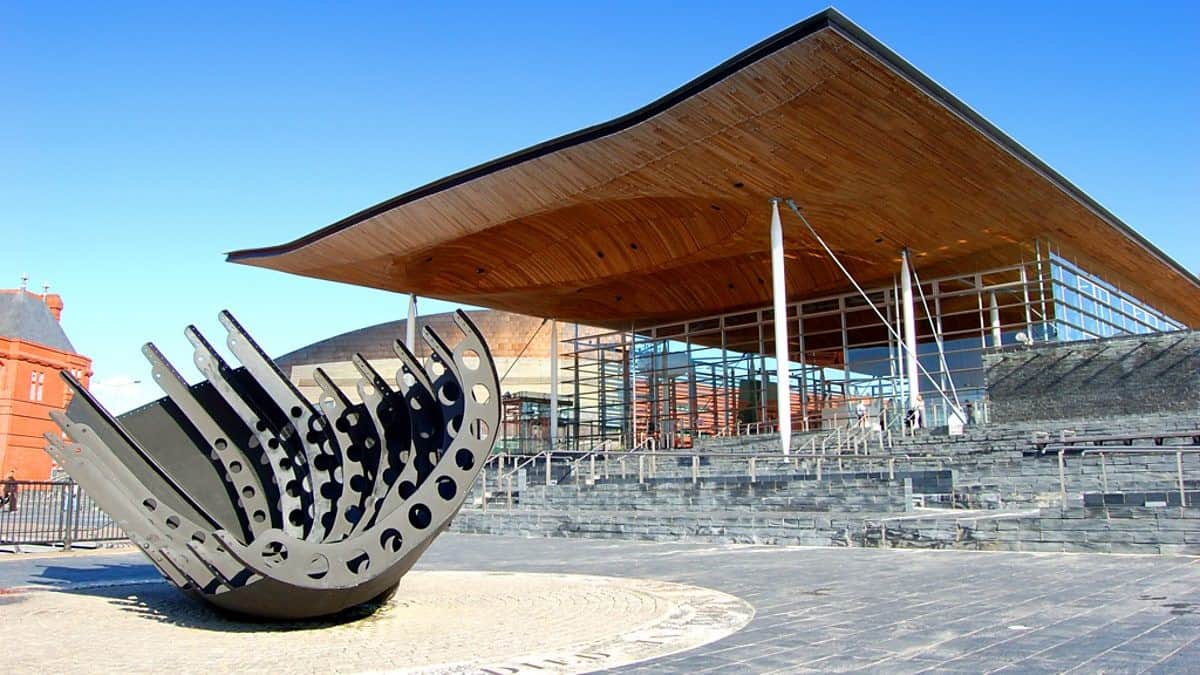The approach taken by the devolved UK Governments towards rental inflation has highlighted radically different political ideologies. Whereas the Scottish Government has legislated in favour of a rent freeze (September 2022 – Cost of Living (Tenant Protection) Scotland Bill), the Welsh Government has rejected a rent freeze (October 2022) with First Minister Mark Drakeford warning it would not be a “panacea”. The Welsh Government fears unintended consequences where landlords could react by selling-up and leaving the market.
In Scotland, we have evidence which illuminates those unintended consequences – and that evidence highlights a far more negative impact on housing supply than can possibly have been imagined. Quite apart from individual landlords, circa 20,000 affordable and private new homes have been suspended across Scotland as a direct result of the Bill; 11,000 affordable homes have been halted by Lord Haughey plus a large proportion of the institutionally funded Build to Rent pipeline of c.10,000 private and intermediate rent homes. The Bill has resulted in almost all scaled investment into housing supply being suspended until there is clarity on the rental rule book in Scotland.
A frustration is that whilst this Bill was implemented without consultation, there is already an existing Rent Pressure Zone (RPZ) mechanism which was intended to resolve the exact situations which have justified the current rent freeze. Evidence from other cities around the world demonstrates that rent control has had the unintended consequence of curbing supply; the expectations is that the Tenant Protection Scotland Bill will fail those that it is most intended to assist – the tenant. In Denmark, Berlin, Ireland and certain US cities, well intended rent control mechanisms have been implemented with questionable short-term benefits but with significant unintended (largely negative) consequences in the medium term.
Intended short-term benefits
- aims to prevent locals being priced out of their communities
- provides a form of tenant stability i.e. a tenant can occupy their home long term with more certainty
- creates ‘affordability’ through strict regulation
Unintended med/long-term consequences
- chokes supply – redirects housing investment to other towns/cities/countries
- decrease in investment and maintenance
- underutilised units (once in rent control, units are not released back to the market as tenants are unwilling to give up lower than market rental levels)
- creates a two-tier market – between sitting tenants and new leases
- future cashflow reduced – meaning landlords sell to owner occupiers – reducing local rental supply
- professionally run and institutionalised housing becomes more expensive
On 12th October 2022, fearing such unintended consequences, the Welsh Government voted against a rent freeze. Carolyn Thomas, Labour North Wales MS, said: “The time for a private rent freeze isn’t now. The situation is too volatile, complex and risky under the UK Government’s political, economic crisis.”
The case against rent control is well supported by wider research suggesting that the policy is consistently found to adversely impact tenants in the medium to long term. The only known long-term solution to reduce pressure in rents is to increase public and private housing supply. The tragedy for Scotland (and for tenants) is that the institutionally funded Build to Rent sector was on the verge of a major breakthrough in the delivery of supply (with a pipeline of c.10,000 homes), the majority of which is now on hold.
The property industry fully recognises that at a time of rapidly rising inflation and a cost of living crisis, rental growth needs to be sensible and fair. With support for some form of rent control in Scotland from SNP, Greens and Labour the political agenda is not going away any time soon. Formal consultation with the property industry would be welcomed in Scotland and it is probable that both the affordable and private investors would be willing to agree to a sensible policy of annual rent cap – if they are otherwise encouraged and incentivised to keep investing in Scotland.
In the meantime, until there is a clear set of rules and a stable investment environment, institutional investors will largely avoid investment in Scotland; if so, it is tenants who will suffer from higher rents and poorer quality housing stock in Scotland compared to Wales or England.
At a time of high energy prices and a cost of living emergency (which is what sparked the Scottish Government rent freeze policy) it is ironic that it is the rent freeze policy itself which will reduce the supply of new build net zero housing (with low running costs and no use of fossil fuels for energy) – precisely the type of housing which is needed for tenants now more than ever.
A full listing of Scotland BTR and an interactive map of BTR schemes can be viewed here.












